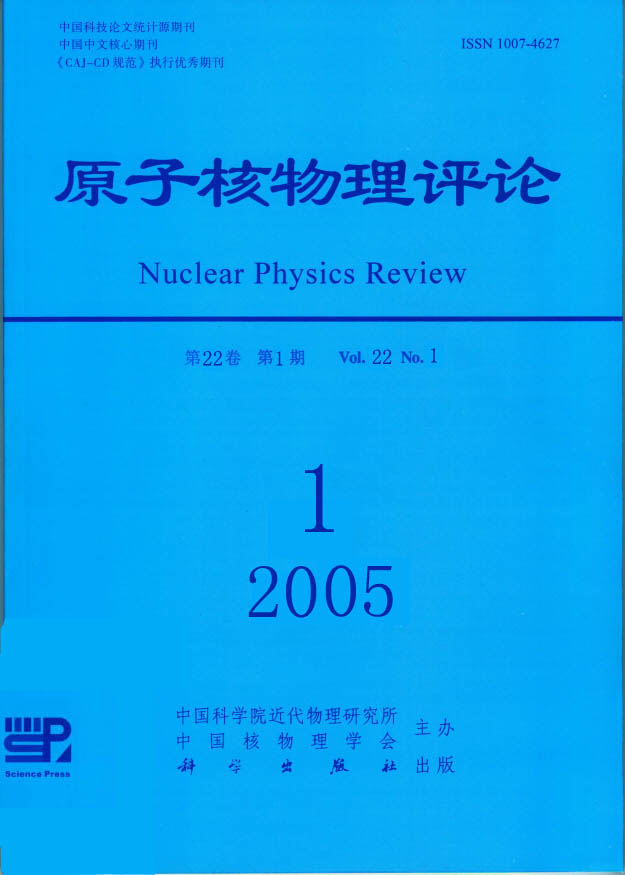Study on Hongzhou Kiln Porcelains of Successive Dynasties by NAA
doi: 10.11804/NuclPhysRev.22.01.142
- Received Date: 1900-01-01
- Rev Recd Date: 1900-01-01
- Publish Date: 2005-03-20
Abstract: 400 sherds were collected from Hongzhou Kiln covering 8 periods from Eastern Han to Late Tang Dynasty/the Five Dynastied and their bodies were analysed by NAA. The results show that the elemental contents in different samples are quite distinct, even for those in the same period. It means no single element can be used as “fingerprint” to distinguish the period. The curves of the contents of Na, Rb, Ba and Fe varying with time are very similar, like “U” shape. As a colorant element, the content of Fe is consistent with the color of the body. The higher content of Fe, the more dark of the body. The outcome of principal component analysis (PCA) indicate that most of the sherds can be classified into 5 groups: (1) Eastern Han & Eastern Wu; (2) Western Jin, Eastern Jin and Southern Dynasties; (3) Sui; (4) Early Tang and Middle Tang; (5) Late Tang & Five Dynasties.
| Citation: | FENG Xiang-qian, FENG Song-lin, ZHANG Wen-jiang, FAN Chang-sheng, QUAN Kui-shan. Study on Hongzhou Kiln Porcelains of Successive Dynasties by NAA[J]. Nuclear Physics Review, 2005, 22(1): 142-144. doi: 10.11804/NuclPhysRev.22.01.142 |






 甘公网安备 62010202000723号
甘公网安备 62010202000723号 DownLoad:
DownLoad: